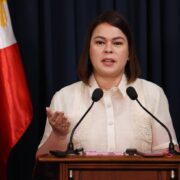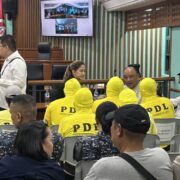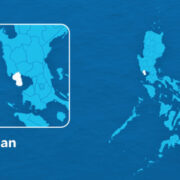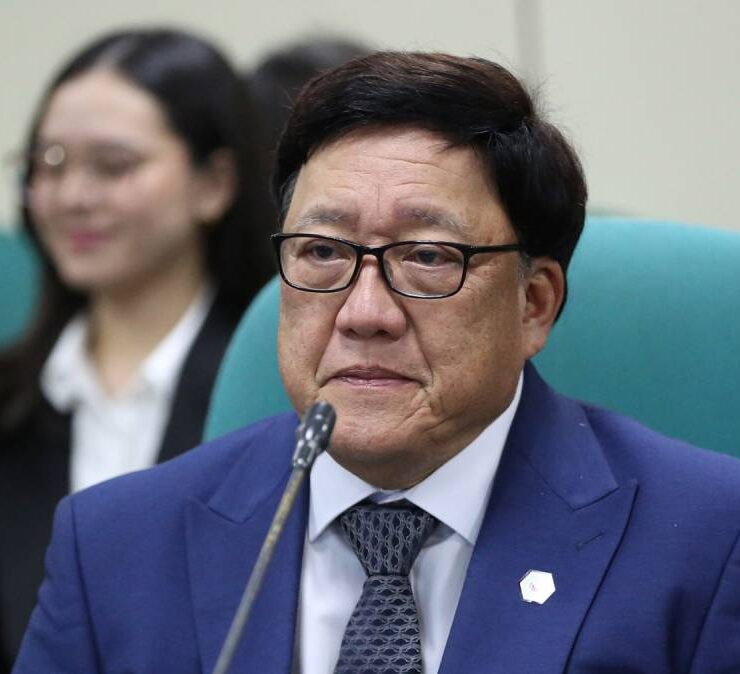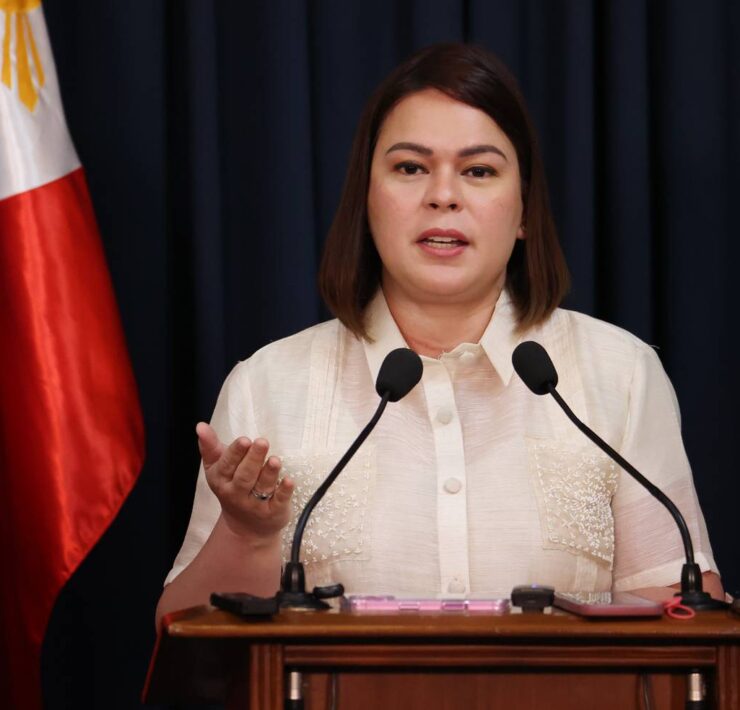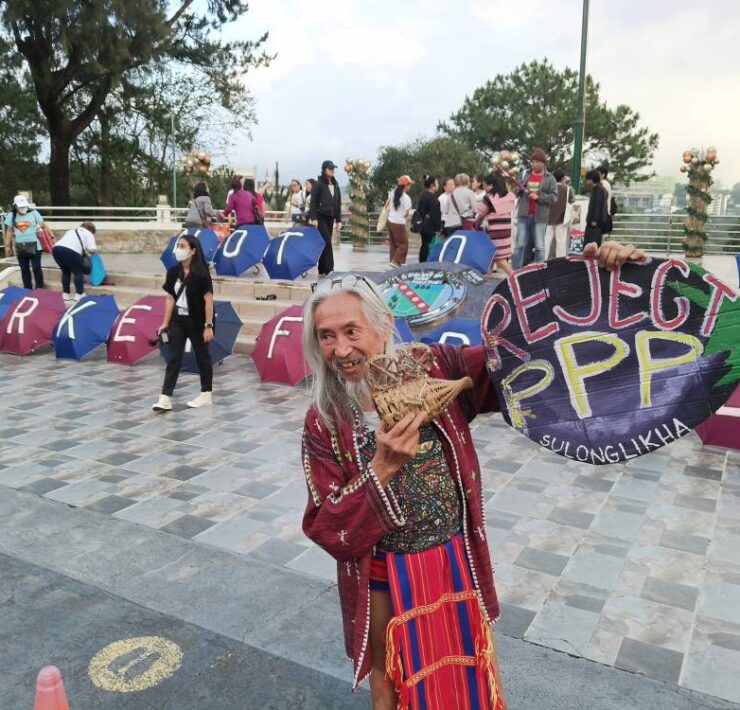Comelec refutes fraud claim in online voting
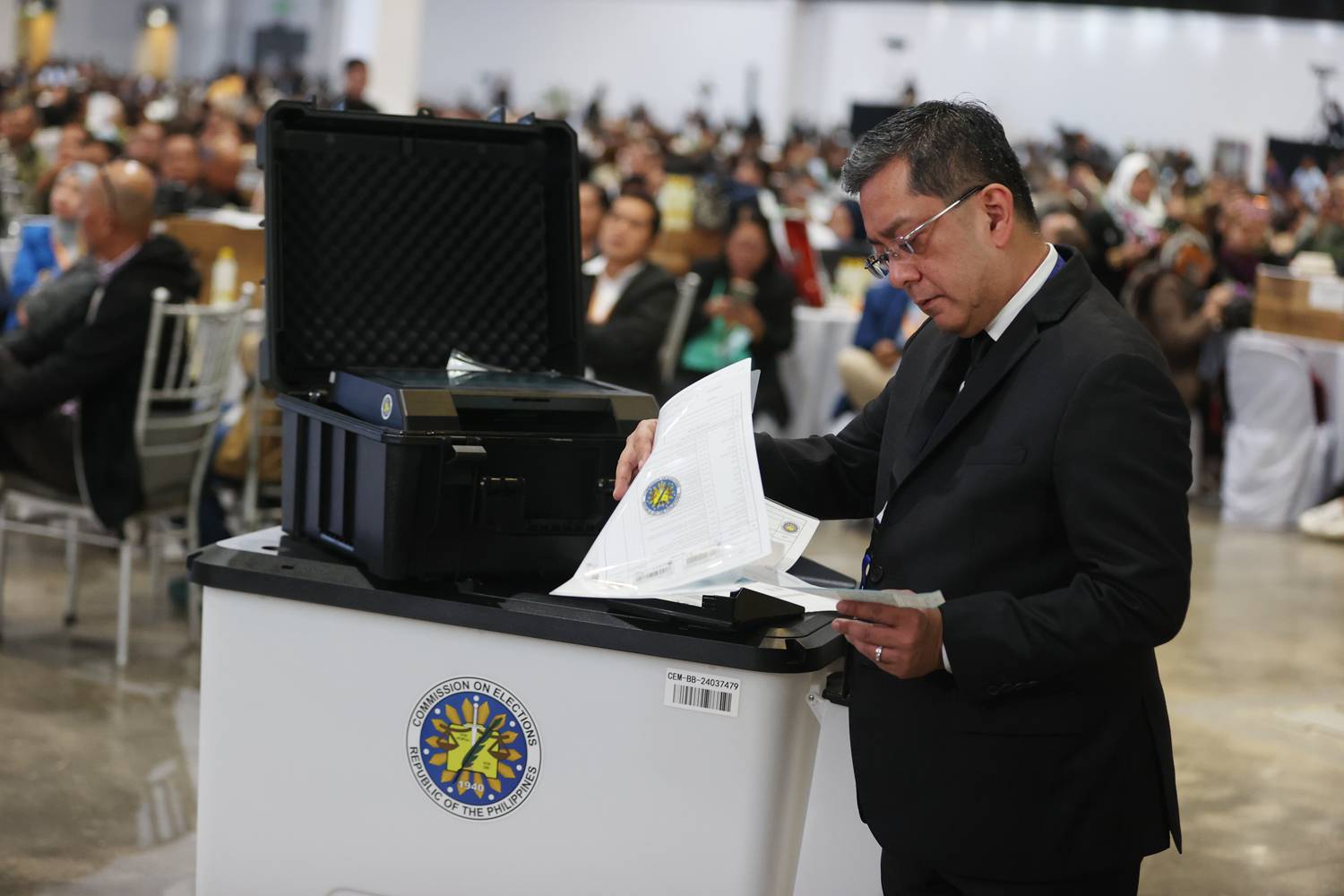
The Commission on Elections (Comelec) has disputed allegations that the ongoing internet-based voting for overseas Filipinos is rigged, denying social media posts claiming a review of the online ballots they cast showed names of candidates they did not vote for.
Registered Filipino voters abroad who cast their votes online complained that the candidates they voted for on Sunday, when the Comelec’s online voting and counting system was opened in different countries, were not the same names that appeared on the landing page of a QR code given to them to verify their ballot.
Jefferson Bonoan, a Filipino worker based in Singapore, posted on his Facebook account screenshots of the ballot he cast on Monday showing that he voted for 12 senators—10 from the full slate endorsed by the PDP-Laban political party, as well as Imee Marcos and Camille Villar—and one party list (Duterte Youth).
When he scanned the QR code where he should be able to “verify” his ballot, he was surprised and disappointed because it showed the names of candidates he did not vote for, including those backed by the administration, such as Manny Pacquiao and Vicente “Tito” Sotto III.
The same issues were raised by Filipino voters in other countries, including in South Korea and United Arab Emirates, mostly those supporting the Senate slate backed by former President Rodrigo Duterte.
“How can you show us OFWs (overseas Filipino workers) that our votes were cast correctly?” Bonoan asked the Comelec in his post, noting that in previous elections, they could verify their votes through the receipts issued after their ballots were fed inside the vote counting machines.
Security feature
However, Comelec Chair George Garcia assured overseas voters that the votes were correctly given to the candidates they chose.
He explained that the combination of random letters and numbers, and names of the candidates they did not vote for, was a security feature to prevent the ballot preview from being used for vote-buying and vote-selling.
Once voters cast their ballot through online voting, they would be able to view the names of the candidates and party lists that they voted for.
Once they confirm that these are the votes that they want, their ballot preview will be gone and they will be provided a QR code where they can “verify” the votes they cast.
“But they will not see the names of the candidates that they actually voted for because this can be used in vote-buying,” he told reporters.
“Once these encrypted codes are translated into human-readable language after the end of election hours on May 12, that’s when they will confirm that the votes they cast are for the correct candidates. This is our way to secure your votes,” he pointed out.
Garcia noted that only the Comelec has the means to translate the encrypted script on QR codes to reveal the actual votes cast.
As a way of counterchecking the votes, the poll body also authorized election watchdogs, the National Citizens’ Movement for Free Elections and the Parish Pastoral Council for Responsible Voting, to access the election verifier system to check if the QR codes on voting log receipts contained the same votes in the ballot fed into the machines.
“[The online voting and counting system] is safe. It is verifiable and auditable,” Garcia noted.
Misinformation
Garcia called it “unfortunate” that there were some Filipinos who would spread misinformation on the internet to discredit online voting.
“We do not consider this a big challenge. We just need a lot of patience to explain and we should be always ready to answer any questions of our kababayans [about the online voting system],” the Comelec chief added.
The overseas voting period will run for 30 days until 7 p.m. on May 12 Manila time, which coincides with the closing of the voting period in the Philippines.
Internet voting will be available in 77 posts in different countries, including the United States, Canada, Australia, Japan, South Korea and European countries.
The online portal is open 24 hours a day and voting can be done using smartphones, computers and tablets with internet connection.
However, the system requires registered overseas voters to be “enrolled” as an online voter.
Registered Filipino overseas voters may still sign up for the pre-voting enrollment for internet voting until May 7 by visiting this link: https://ov.comelec.gov.ph/enroll.
The poll body hopes online voting will address the very low turnout of overseas absentee voting in the previous elections.
Garcia noted that the number of those enrolled for online voting increased to 55,000 as of Monday, but was still just 4.6 percent of the 1.241 million registered Filipino voters abroad.
Meanwhile, Sen. Sherwin Gatchalian on Monday urged the Comelec and the Department of Energy to coordinate tightly with the National Grid Corporation of the Philippines and other stakeholders to guarantee uninterrupted and stable power from Election Day through the canvassing period.
“Any threat of a power outage during the May 2025 elections is a threat to the credibility of the entire electoral process,” he warned. —WITH REPORTS FROM TINA G. SANTOS AND INQUIRER RESEARCH







